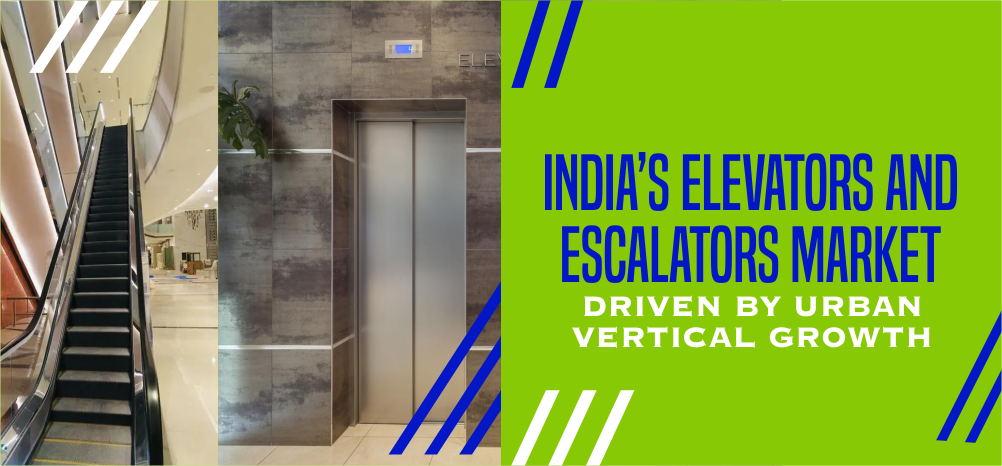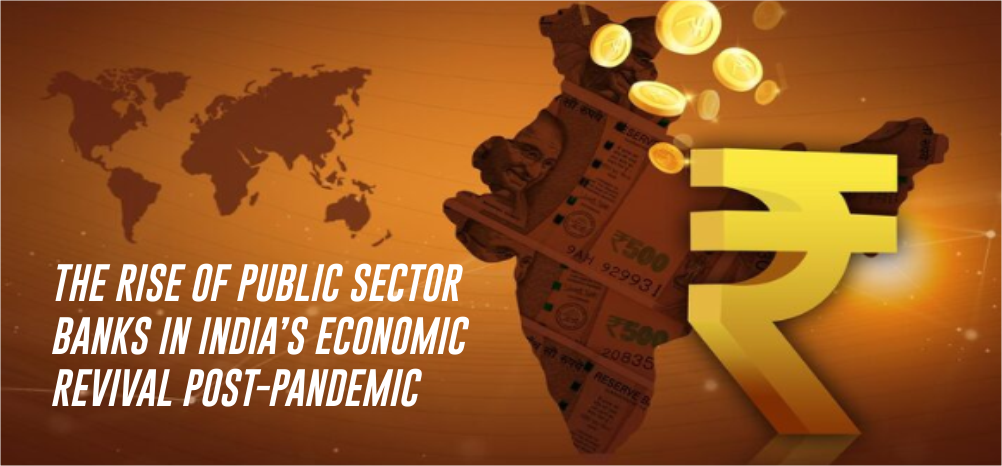With its significant contribution to GDP and employment, the IT & BPM sector has firmly established itself as one of India’s key economic growth drivers. In FY25, India’s IT exports rose 12.48% to US$ 224.4 billion from US$ 199.5 billion in FY24, with export of IT services alone accounting for more than 65% of the total. STPI-registered units contributed Rs. 10.64 lakh crore (US$ 124.56 billion), according to MeitY citing NASSCOM.
The sector is undergoing notable shifts in both geography and technology. Non-metro cities such as Udaipur, Vizag, Coimbatore, and Nagpur drove over 50% of IT hiring growth in H1 2025, far outpacing Bengaluru and NCR (12-15%). This reflects a structural shift as tier-II and tier-III hubs increasingly attract demand in AI, cloud, and cybersecurity, offering ~30% cost savings. Overall, IT hiring grew 16% YoY in April 2025, driven by AI adoption, cloud modernisation, and the rapid expansion of Global Capability Centres (GCCs).
On the innovation front, India’s AI Mission has secured 38,000 GPUs as of September 2025, more than tripling its initial target of 10,000, to provide compute power for researchers, startups, and enterprises building next-generation AI models. The country is also moving towards self-reliance, with its first made-in-India GPUs expected to be ready for technology demonstrations by the end of 2025 and production readiness targeted for 2029 under the Rs. 10,372 crore (US$ 1.21 billion) IndiaAI Mission.
Mid-tier IT companies, meanwhile, outperformed larger counterparts in FY25, reflecting their agility in navigating an uncertain macroeconomic environment.
The computer software and hardware sector in India attracted cumulative foreign direct investment (FDI) inflows worth Rs. 7,84,971 crore (US$ 110.70 billion) between April 2000-March 2025. The sector ranked second in FDI inflows as per the data released by Department for Promotion of Industry and Internal Trade (DPIIT). Computer software and hardware make up 15.19% of the cumulative FDI equity inflows.
The Goa government has launched the Goa AI Mission 2027, a strategic blueprint to build an inclusive, innovation-driven artificial intelligence (AI) ecosystem in the state. The mission aligns with the Centre’s India AI Mission. It aims to empower citizens, strengthen governance, and fuel sector-wide innovation.
Prime Minister Mr. Narendra Modi’s August 29-30 visit to Japan secured over Rs. 5,96,564 crore (US$ 68 billion) in investment pledges, alongside an economic security pact covering semiconductors, critical minerals, and AI, with discussions also advancing defence collaboration through technology transfer and joint military hardware development.
A report from the Reserve Bank of India (RBI) suggests that generative Artificial Intelligence (AI) has the potential to enhance banking operations in India by up to 46%.
Announced in July 2025, Google’s US$ 6 billion investment to develop a 1-gigawatt data center in Visakhapatnam, Andhra Pradesh, representing the largest single data center investment in Asia.
The government has inked an agreement with Paytm (One97 Communications Ltd) under which the company would provide mentorship, infrastructure support, market access, and funding opportunities to start-ups.
The system infrastructure software market in India is expected to reach a projected revenue of Rs. 178.0 million (US$ 20,823.6 million) by 2030. A compound annual growth rate of 9.2% is expected of India system infrastructure software market from 2023 to 2030.
In February 2025, Google inaugurated its Ananta campus in Bengaluru the company’s largest campus in India and one of its largest offices globally. Spanning 1.6 million sq ft, the new campus can house over 5,000 employees.
Artificial intelligence (AI) is seen as the economic multiplier of the century, projected to inject US$ 500 billion into India’s GDP by 2025. According to a report published by Microsoft, consultancy firm Bain & Co, and industry body Internet and Mobile Association of India (IAMAI), India produces 16% of the entire world’s AI talent pool – the third highest in the world. PwC India also announced that it was planning to hire 10,000 employees in the cloud and digital technologies space over the next five years.
The Union Budget 2025-26 has sanctioned Rs. 2,000 crore (US$ 232 million) to accelerate AI adoption and infrastructure development.
The Union Budget 2025-26 allocates Rs. 500 crore (US$ 58 million) for a Centre of Excellence in AI for Education, aiming to enhance skills, personalize learning, and transform education.
India's IT industry is likely to hit the US$ 350 billion mark by 2026 and contribute 10% towards the country's gross domestic product (GDP), Infomerics Ratings said in a report.
Hyderabad, known for its prominence in the IT sector, achieved exports worth Rs. 2.68 lakh crore (US$ 32.2 billion) in the FY24, with a workforce of 9.46 lakh employees. This represents a YoY growth of 11.2%.
Amazon Web Services announced the launch of its second AWS infrastructure region in India - the AWS Asia Pacific (Hyderabad) Region. By 2030, it is anticipated that the region will support more than 48,000 full-time jobs annually thanks to investments totalling more than US$ 4.4 billion in India.
Bangalore-based edtech startup ‘BygC’ launched India’s first upskilling-focused community platform for young graduates and people seeking jobs in the BFSI sector. Tech Mahindra Foundation and Wipro GE Healthcare have also joined forces to offer skilling and upskilling courses to students and healthcare technicians.
SAP India and Microsoft have announced the introduction of TechSaksham, a collaborative skilling initiative aimed at enabling young women (from underprivileged regions) to pursue careers in technology. 62,000 women students will be trained in artificial intelligence (AI), cloud computing, web design and digital marketing.
Infosys announced that it has set up an Automotive Digital Technology and Innovation Centre in Stuttgart, Germany. Automotive IT infrastructure professionals stationed in Germany will transfer from Daimler AG to the new Digital Technology and Innovation Centre as part of Infosys' relationship with Daimler.
Regarding government initiatives, the government has introduced the STP Scheme, which is a 100% export-oriented scheme for the development and export of computer software, including the export of professional services using communication links or physical media.
The government prioritizes cybersecurity, hyper-scale computing, AI, and blockchain. With data costs at Rs. 10/GB ($0.12/GB), India ranks among the world's cheapest.
The Cabinet approved an allocation of over Rs. 10,300 (US$ 1.2 billion) crore for the IndiaAI Mission, marking a significant step towards bolstering India’s AI ecosystem.
Cabinet approved PLI Scheme – 2.0 for IT Hardware with a budgetary outlay of Rs. 17,000 crore (US$ 2.06 billion).
The Indian government announced a plan to build a cyber-lab for the ‘Online Capacity Building Programme on Crime Investigation, Cyber Law, and Digital Forensics’ to strengthen cyber security capabilities.
The Data Security Council of India (DSCI) - National Center of Excellence for Cyber Security Technology Development (NCoE) and Chitkara University have collaborated to undertake joint programmes on cyber security and privacy.
The Indian government launched the Meghalaya Enterprise Architecture Project (MeghEA) to boost service delivery and governance in the state by leveraging digital technologies, to make Meghalaya a high-income state by 2030.
This push towards cloud services has boosted hyper-scale data centre investments, with global investments estimated to exceed US$ 200 billion annually by 2025. India has emerged as the second fastest-growing data centre market in the Asia-Pacific region, experiencing a notable 28% increase in capacity.
India’s data centre market is expected to reach a value of US$ 9.96 billion by 2028 from US$ 5.42 billion in 2022, growing at a CAGR of 10.69%
By 2025-26, India is expected to have 60–65 million jobs that require digital skills, according to a Ministry of Electronics & IT report titled "India's trillion-dollar digital opportunity.
India’s IT and BPM industry continues to power the nation’s digital transformation, blending innovation, global collaboration, and strong policy support. With rapid advances in artificial intelligence, cloud computing, and cybersecurity, alongside deep talent and expanding infrastructure, the sector is poised to drive India’s journey towards becoming a US$ 350 billion digital economy and a global technology leader in the coming decade.
Notes: AI - Artificial Intelligence
References: Media Reports, Press Information Bureau (PIB), Department for Promotion of Industry and Internal Trade (DPIIT), Department of Information and Technology, News Articles














